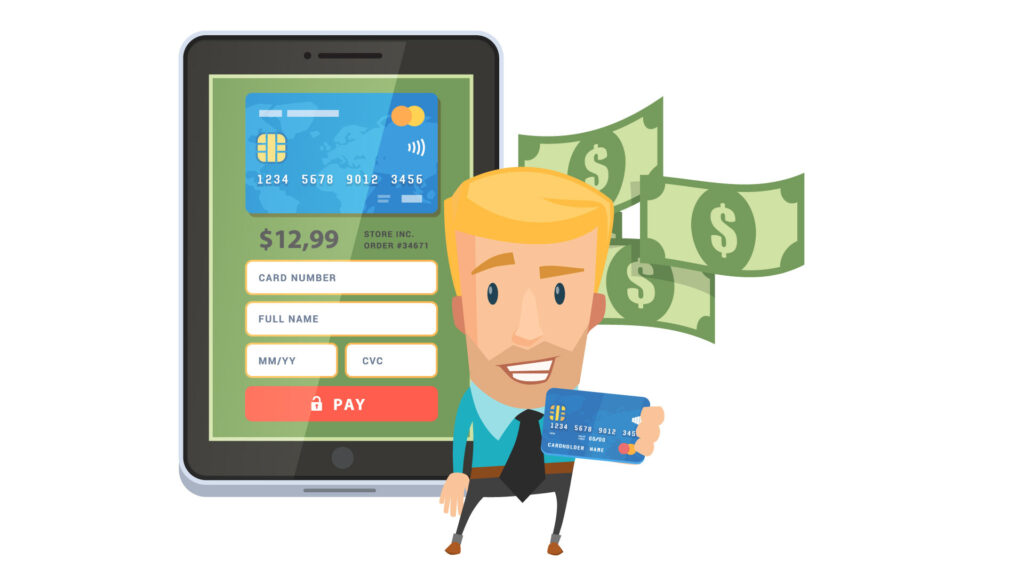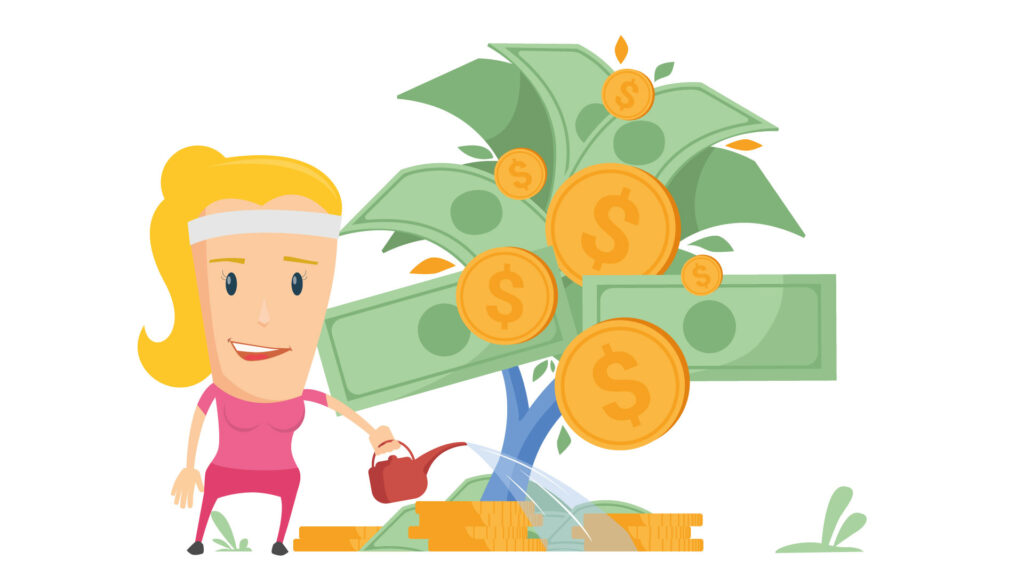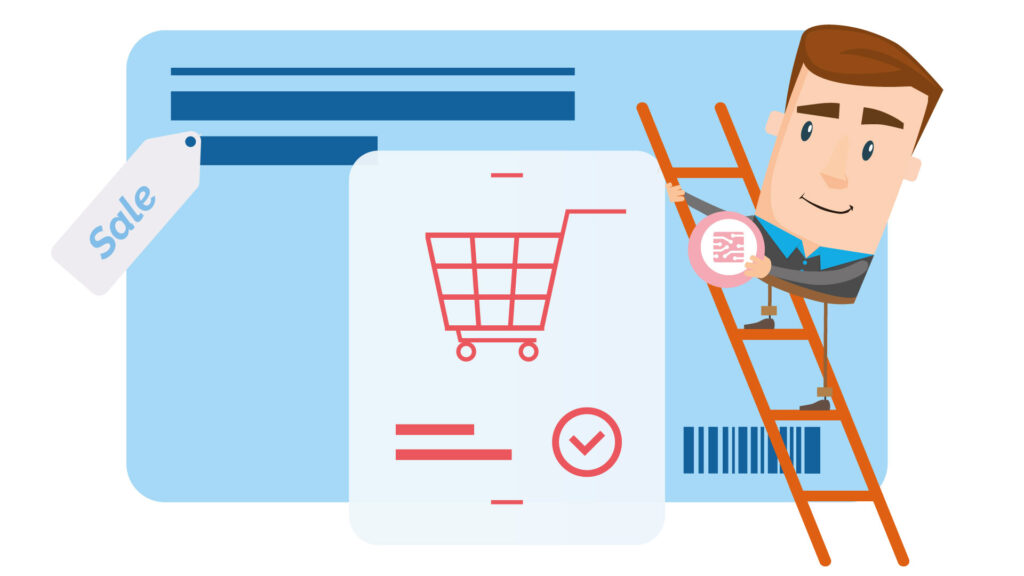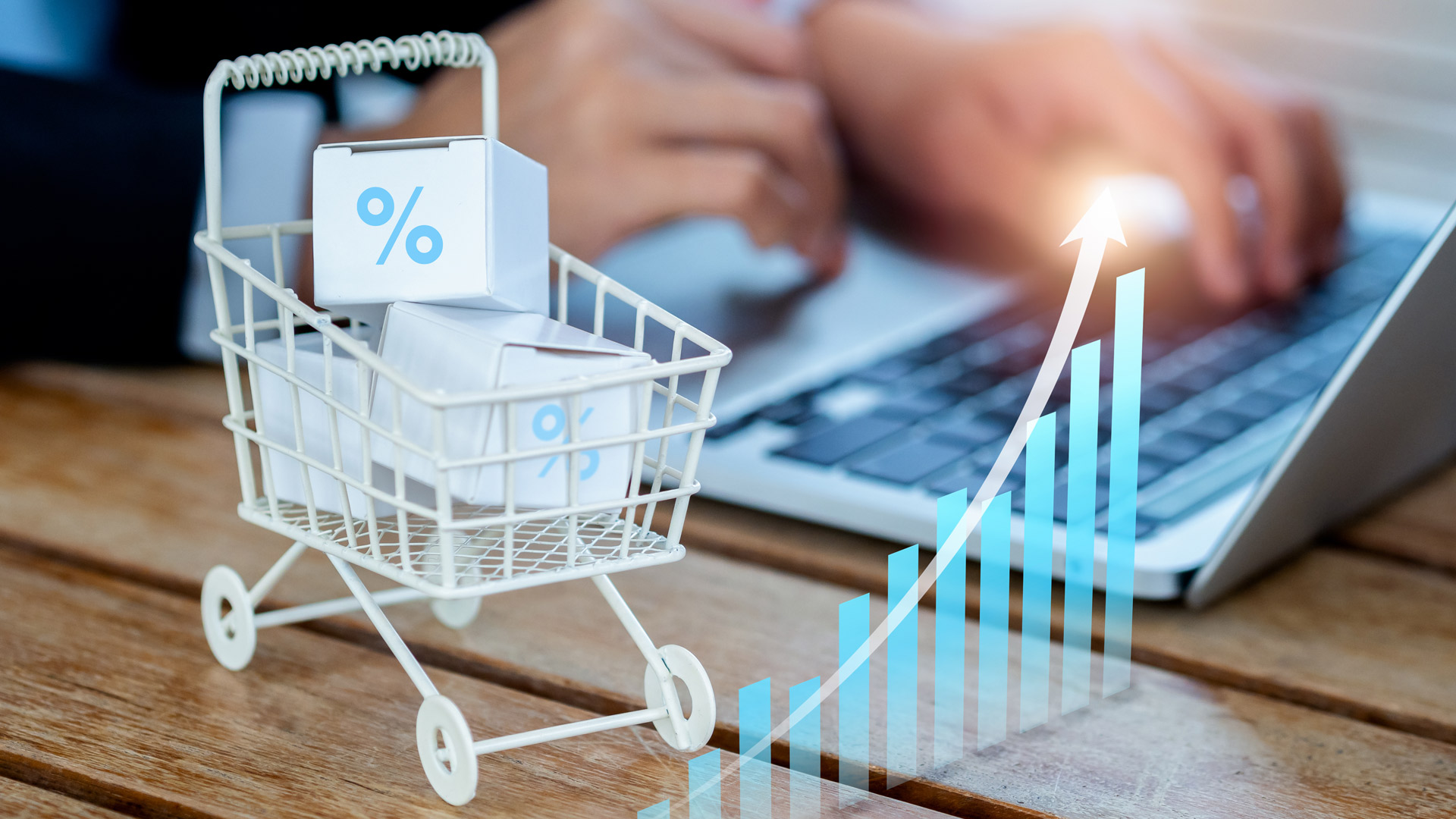There’s no denying that online payment has immensely eased our lives. From paying bills to online shopping, online payment methods have greatly improved financial transactions. Such money handling occurs through the use of online payment systems which use Payment Gateways and Payment Processors. To understand more about this, read on!

What Is the Online Payment System?
It is a system that allows one to transact money online without using cash or physical cards of any sort (credit/debit). The companies owning these operate by using our financial details to verify and complete transactions. Popular online payment systems include credit cards, PayPal, Amazon Pay, and Square, etc.
To efficiently and securely operate, online payment systems, also known as online payment solutions, work by using what’s called “Payment Gateways” and “Payment Processors.” Payment gateways are interfaces that allow users or customers to input their payment details. It then encrypts these details and forwards them to the processor. The processor uses the user’s financial information to establish a secure link between the user’s bank account and the destination account. These payment gateways (or “gateway billing systems”) are the reasons why online money transaction is possible.
Such systems are considered a milestone in the history of payments as they provide greater convenience for customers and ensuring safe and quick transactions.
How does an online payment gateway work into the web app?
Web development through payment gateways is increasingly common, specifically by web apps and websites. Web apps are web applications provided over the internet. Non-downloadable, these web apps do, however, work similarly to mobile applications. Gateway billing systems in web applications have a complex working. If we want to purchase an item from a web app, we fill a form that requires our payment details. The system receives these details securely and checks for any fraudulent data. If the information is authentic, SSL encryption takes place.
The gateway sends the ciphertext to the acquiring bank, which sends the data to the card scheme. The card scheme performs another check for any suspicious data and then sends it to the issuing bank. After further authentication of the data, the payment gateway receives an approval message from the issuing bank. The acquiring bank then transfers the appropriate sum from the issuing bank to the merchant’s account. This whole processing of the customer’s payment details is termed “Online Payment Processing.” A word of approval is delivered to the merchant, had the payment details proved authentic, and a money transfer took place.
How does online payment gatway solutions benefit?
Online payment solutions are immensely beneficial for its users, both customers and merchants alike. Online payments help reach global customers, reduce the cost for transactions and provide payment security (compared to cash payments). They create a more pleasant experience for the users who need not rush to banks and malls to buy or pay for their needs.
Thanks to the help of online payment solutions, more marketing/distribution channels are available for businesses, and they also provide recurring and hassle-free payments. Saving customers’ time is also one of its advantages as they don’t have to stand in long queues for their turn. Comparatively, each customer receives individual attention from the web application server, thus saving time. Moreover, it’s more efficient, quick, and takes cash out of the less secure equation. Various studies show that online payment solutions are a key to generate more revenue by providing simple administrations and insights.

How to use a payment gateway for a website?
A payment gateway is a crucial piece of software that is the key to successful transactions in an E-commerce store. And an E-commerce store is simply a website integration with a payment gateway. We first visit a website that sells goods or services (or both) and purchase some items. A form opens. This form either shows on the website or another page. Payment details are then filled in the application to begin the transaction process. These payment details are the credit card number, expiration date, and the Card Verification Value (CVV). These details then move to the payment gateway, authenticated, encrypted, and sent to the issuing bank. If the transaction is successful, the customer receives a message of successful transfer of money. If it is unsuccessful, then such a message is received by the customer.
How Can You Make a Web App Based Online Payment?
Online payment in web apps is pretty straightforward. Paying is only possible if the app has a payment gateway integrated into it. Now, there are different online payment methods, and each has a unique way to be used. For debit cards, payments would be made by inputting the cards Card Number, expiration date, and CVV (Card Verification Value) code. For credit cards, the story is a bit different. Here, the values we input are Card number, Expiry Date, Cardholder Name, Billing Address, and Security Code. After that, confirm the payment. As for E-wallets, they store credit/debit card details. Some even store a payment platform connectivity. These platforms open up a form (either on the same page or on a different one) for users to input their financial information. The payment procedure continues.
What is an online payment system in e-commerce?
E-commerce, or “Electronic Commerce,” is defined as the act of purchasing or selling products or services involving money transactions over the internet. And these transactions are efficiently and securely performed with the help of online payment systems. There are different e-commerce online payment systems like; credit cards, direct debit, digital currency, and alternative payment methods (PayPal, Amazon Pay, etc.). The popularity of e-commerce stores and online payment methods is increasing day by day, and of all these payment techniques, credit card transaction is the most common and popular type. However, E-wallets are also rising to the top due to their user-friendly operations and quick money transactions. And due to their wide range of services.

How to set up an online credit card payment system?
So, the million-dollar question: “How to set up payment on a website?” Turns out, when it comes to E-commerce online payment methods, having a system to register credit card payments is a must. Considering the fact that credit cards are the most common mode of online transactions, many if not all, E-commerce stores have an online credit card payment system. To set up such a system is easy,
- Choose a payment gateway: Payment gateways are a must for online payments, and there are many options. But, try looking for those having many features like; SSL, PCI DSS, can generate reports, etc.
- Create your merchant account: A merchant account may be created depending on the gateway used. However, if there is no option to create one, buy services like; Virtual terminals, fraudulent checks, shopping carts, and low TDR and monthly charges.
These two steps allow an online credit card payment system set up on any website or web application.
Which Online Payment Method Is the Best?
With loads of online payment methods present, it can create a dilemma to decide which is the best. By far, the most common and popular means of online money transactions are credit and debit cards. E-wallets are the next best trend with their popularity rising. The following are the top 3 E-wallets:
- PayPal: PayPal is the most widely accepted form of e-wallet due to the number of advantageous features it provides. These include extreme protection, multiple languages, different currencies available, etc. PayPal also ensures the high privacy of customer information.
- Amazon Pay: This is a tough competitor to PayPal, and the features it provides, including high security for both client and merchant. Quick and easy checkouts, and you can recharge mobile phones with Amazon Pay. Managing accounts is also easier.
- Google Pay: Along with those mentioned above, Google Pay is also very popular. It provides easier integration with E-commerce stores, Fast and easy purchases for customers. There is also no transaction fee.

Which payment system solution will be the best for your company?
There are many factors to consider when choosing the best payment system solution based on the company’s requirements. Perhaps the first step to identify a suitable gateway is to study the price structure of various Payment Service Providers (PSPs). These fees usually include; an installation fee, maintenance fee, a monthly fixed charge, and a TDR (different rates for different PSPs).
Next, check those providers whose daily transaction limits are in the best interest. “Limits” refer to a maximum and a minimum value set as the parameters for transaction amounts. These can even be daily/monthly amounts. Next up, choose a suitable merchant account (account linking a merchant with an acquiring bank). This way, the actual money transaction can take place. It’s better if the chosen PSP would provide a merchant account as an additional service. Make sure that the gateway comes with the ability to register the most popular modes of payment like; credit cards, PayPal, etc.
How does payment gateway earn?
- Online payment solutions charge a small fee for every successful transaction, known as the Transaction Discounting Rate (TDR). It is a processing fee the payment gateway demands. The rate of the TDR depends on the transaction value, and it differs from payment system to payment system.
- Along with the TDR, some solutions require a fixed monthly charge. Note that these systems then charge a lower TDR.
- International transactions have a higher TDR than transactions involving the same currencies.
- Installation of payment gateways also demands you to pay a fee and then charge you an annual or monthly fee (depending on the online payment company). Think of it as sort of a stipend for using the company’s payment gateway.
- Apart from these, online payment systems also take a “maintenance fee” to cover various problems the gateway might face from time to time.
How Can You Create an Integrated Payment System?
Many websites have undergone what’s known as “Payment Gateway Integration” – website integration with payment gateways. The payment gateway for websites is of many types. Most notably: PayPal, Authorize.net, Amazon Pay, Google Pay, etc.

To establish a payment gateway for a website, do the following:
- Determine which payment gateways are supported by the website’s web host. Try to find different options as this allows quicker installation.
- Study the different types of gateways: their fee structures, popularity, TDR. Find one of best interests.
- Choose between a Direct Gateway (a “Payment details” form appears on the website) or an external Gateway (the “Payment details” form redirects to another page).
- Register for a merchant account and then for the desired gateway
- Add the payment method to the website.
- Run a few trial transactions (a few test accounts come with the gateway) before finally making the website live.
Once the gateway part is covered, we can move on to finding a suitable payment processor. A quick recall: a payment processor governs the transfer of money from a customer’s account to the merchant’s account, using the information provided by the gateway. Usually, the PSP that provided the payment gateway also provides the payment processor. Examples of these processors include PayPal, Due, Stripe, etc.
Can I create my payment gateway? Few reasons why you should do it
Having to build a personal payment gateway can prove quite costly. The expenses include development (coding) and maintenance cost, as well as components cost. If you would like to learn about the possibilities of payment gateways, our software house will be happy to present them.
However, building a payment gateway does have its advantages. It can be customized to meet the company’s needs, which means its features are not restricted/limited when using a payment gateway provided by PSPs. For example, limitations restrict customers, allowing them to transfer money within a specific range when using a PSP-supplied payment gateway. But with a custom-made gateway, the transaction range can be increased based on the company’s needs. Although the initial cost is high, there would be no TDR fee, no international transaction charges. Further improvements and adding more features can lead to selling these payment gateways as a source of income.

What is the estimated price of an integrated payment system?
First off, note that integrating different online payment solutions means there is a difference in the cost. The developer payment system is also an important element. Some solutions charge a specific fee, while others do not. The following shows the main prices involved in integrating payment systems:
- The setup fees (required by the payment service provider) are usually between $56 to $118. However, some PSPs do not charge an installation fee.
- Other than a setup fee, different solutions charge different TDRs. The rates can range from 2.5% to 4.5%, depending on the PSP used and the type of transaction occurring (national or international).
- There also includes fees for accepting payments from different countries (different currencies) ranging from 1% to 2%.
- A monthly PCI compliance fee is also paid depending on the provider used.
These are the main costs included when integrating an online payment solution. They range from provider to provider.







